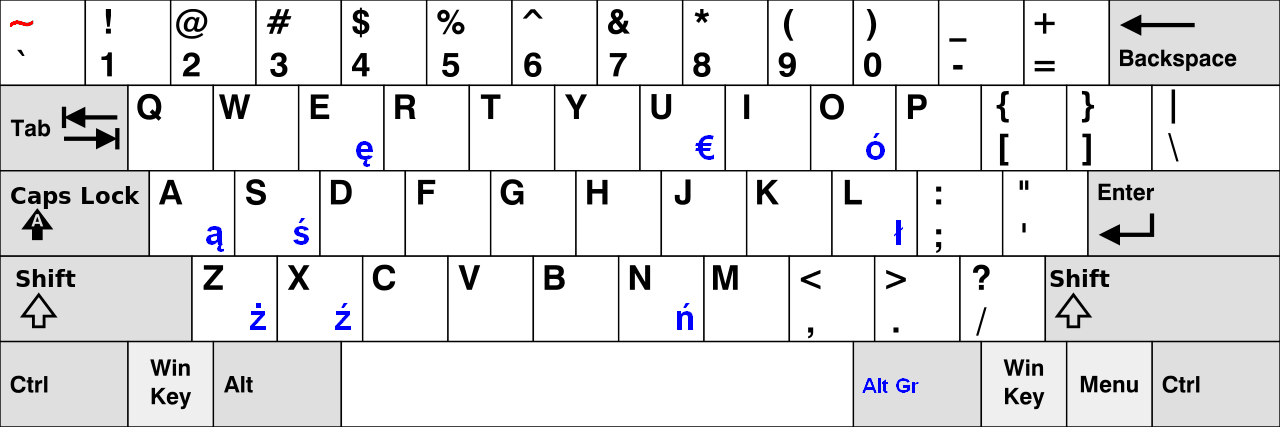How to Implement the Close of the Morphology of Image Processing?
How To Implement The Close Of The Morphology Of Image Processing?¶
Introduction
The close processing is one of the morphology. If you want to connect with components, you should use close processing. The close processing made by two morphology. Firstly, it is dilation. Secondly, it is erosion. You have to do the dilation processing many times and then use the erosion processing to fix the shape. Remember, the close processing has two parts, including the dilation part and the erosion part.
Equipment
Operation System: Microsoft Windows 7 (64 bit)
Development Utility: Microsoft Visual Studio 2010
Usage
// To do dilation processing
Dilation ( imageA->DibArry, dwWidth, dwHeight, pBufDilation );
// To do dilation processing
Dilation ( pBufDilation, dwWidth, dwHeight, imageB->DibArry );
// To do erosion processing
Erosion ( imageB->DibArry, dwWidth, dwHeight, pBufErosion );
// To do erosion processing
Erosion ( pBufErosion, dwWidth, dwHeight, imageB->DibArry );
// The erosion processing
void CCloseDlg::Erosion ( BYTE *pBufImageIn, DWORD dwWidth, DWORD dwHeight, BYTE *pBufErosion )
{
long lIDXA1,lIDXA2,lIDXA3,lIDXA4,lIDXB;
// The height of the image
for ( int iY = 1; iY < dwHeight - 1; iY++ )
{
// The width of the image
for ( int iX = 1; iX < dwWidth - 1; iX++ )
{
// The up of the index of the image
lIDXA1 = ( iX * 3 ) + ( (iY-1) * dwWidth * 3 );
// The down of the index of the image
lIDXA2 = ( iX * 3 ) + ( (iY+1) * dwWidth * 3 );
// The left of the index of the image
lIDXA3 = ( (iX-1) * 3 ) + ( iY * dwWidth * 3 );
// The right of the index of the image
lIDXA4 = ( (iX+1) * 3 ) + ( iY * dwWidth * 3 );
// If four directions have a white pixel and then the center pixel sets up white pixel.
if ( pBufImageIn[lIDXA1+0] == 255 ||
pBufImageIn[lIDXA2+0] == 255 ||
pBufImageIn[lIDXA3+0] == 255 ||
pBufImageIn[lIDXA4+0] == 255 )
{
// The index of the pixel. If your bit depth is not three, you should fix it.
// This bit depth is 24 bits, so we use three bytes.
lIDXB = ( iX * 3 ) + ( (iY) * dwWidth * 3 );
// Set the center pixel to be white that means is erosion.
pBufErosion[lIDXB+0] = 255;
pBufErosion[lIDXB+1] = 255;
pBufErosion[lIDXB+2] = 255;
}
// Otherwise, the center pixel is black.
else
{
// The index of the pixel. If your bit depth is not three, you should fix it.
// This bit depth is 24 bits, so we use three bytes.
lIDXB = ( iX * 3 ) + ( (iY) * dwWidth * 3 );
// Set the center pixel to be black.
pBufErosion[lIDXB+0] = 0;
pBufErosion[lIDXB+1] = 0;
pBufErosion[lIDXB+2] = 0;
}
} // The closing "The width of the image".
} // The closing "The height of the image".
} // The closing "The erosion processing"
// The dilation processing
void CCloseDlg::Dilation ( BYTE *pBufImageIn, DWORD dwWidth, DWORD dwHeight, BYTE *pBufDilation )
{
long lIDXA = 0;
long lIDXB = 0;
double byteRGB_RA = 0;
double byteRGB_GA = 0;
double byteRGB_BA = 0;
double dobYUV_YA = 0;
// The height of the image
for ( int iY = 1; iY < dwHeight - 1; iY++ )
{
// The width of the image
for ( int iX = 1; iX < dwWidth - 1; iX++ )
{
// The index of the pixel. If your bit depth is not three, you should fix it.
// This bit depth is 24 bit, so we use three bytes.
lIDXA = ( iX * 3 ) + ( iY * dwWidth * 3 );
// Get the pixel of the blue channel.
byteRGB_BA = pBufImageIn[lIDXA+0];
// Get the pixel of the green channel.
byteRGB_GA = pBufImageIn[lIDXA+1];
// Get the pixel of the red channel.
byteRGB_RA = pBufImageIn[lIDXA+2];
// If we find out a black pixel, we will into dilation processing.
if ( byteRGB_BA == 0 && byteRGB_GA == 0 && byteRGB_RA == 0 )
{
// The matrix rang is 3 by 3
// The height is three [-1,1]
for ( int iYY = -1; iYY <= 1; iYY++ )
{
// The width is three [-1,1]
for ( int iXX = -1; iXX <= 1; iXX++ )
{
// The index of the pixel. We will fill 3 by 3 matrix in black.
lIDXB = ( ( iX + iXX ) * 3 ) + ( ( iY + iYY ) * dwWidth * 3 );
// Set the pixel is black that it is blue channel.
pBufDilation[lIDXB+0] = 0;
// Set the pixel is black that it is green channel.
pBufDilation[lIDXB+1] = 0;
// Set the pixel is black that it is red channel.
pBufDilation[lIDXB+2] = 0;
} // The closing "The width is three [-1,1]."
} // The closing "The height is three [-1,1]."
} // The closing "If we find out a black pixel."
} // The closing "The width of the image"
} // The closing "The height of the image"
} // The closing "The dilation processing"
You can download source code and binary code as below:
https://drive.google.com/file/d/0BzHb_OyLyVZlQkNqR0lMRkgwWDg/view?usp=sharing
Exception
There is a notice, if your bit depth of bitmap file are not 24 bits, you should change your bitmap files to adapt this program, or you could rewrite this source code to fit your bitmap format.
You have to install Microsoft SDK v7.1, because I include windowscodes.lib.
#pragma comment(lib, "windowscodecs.lib")
Reference
[1] Gary Bradski and Adrian Kaehler, “Learning OpenCV: Computer Vision with the OpenCV Library,” O’REILLY, September 2008, ISBN:978-0-596-51613-0
Acknowledge
Thank you (Microsoft Visual Studio 2010) very much for this great development utility.



